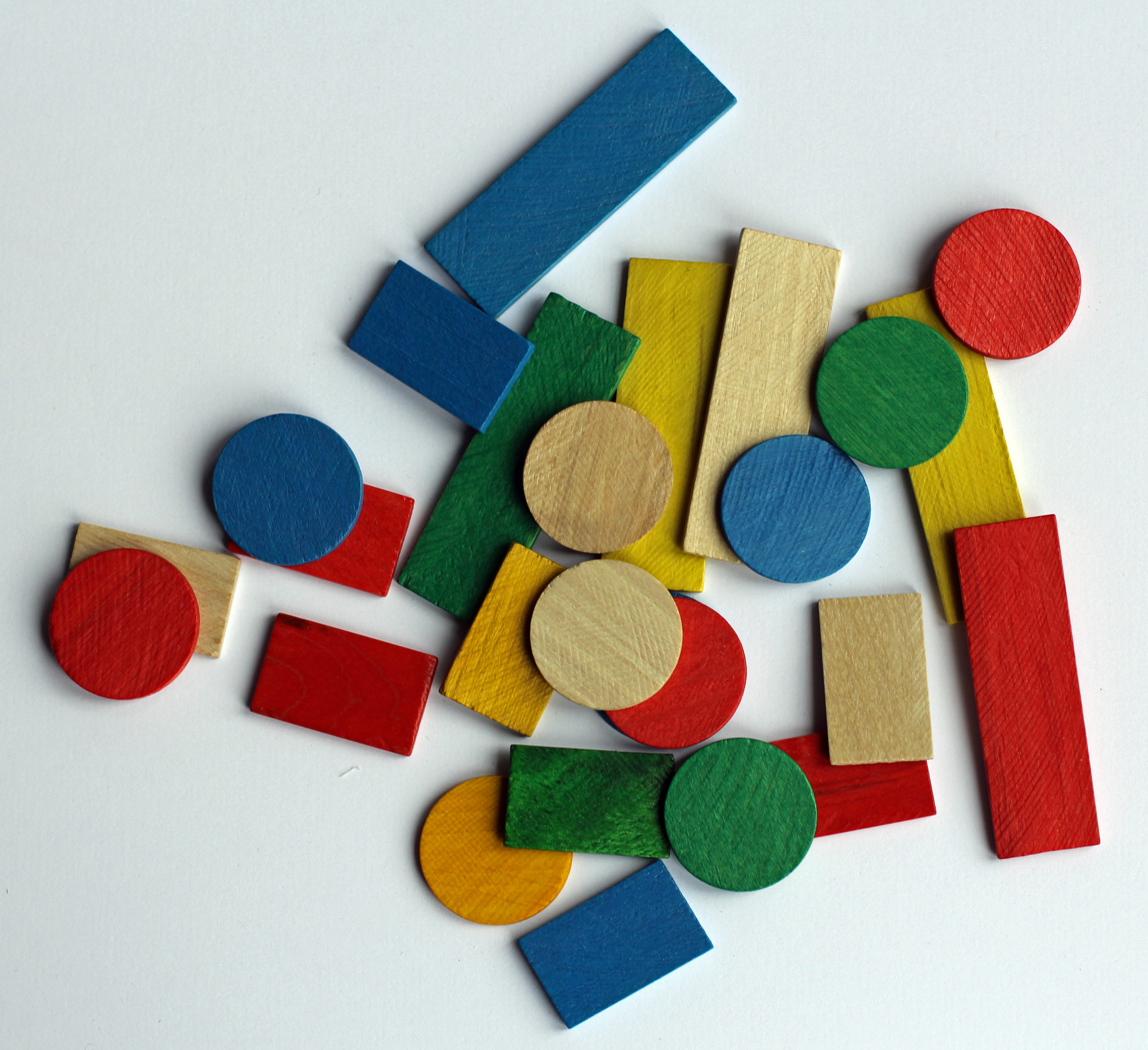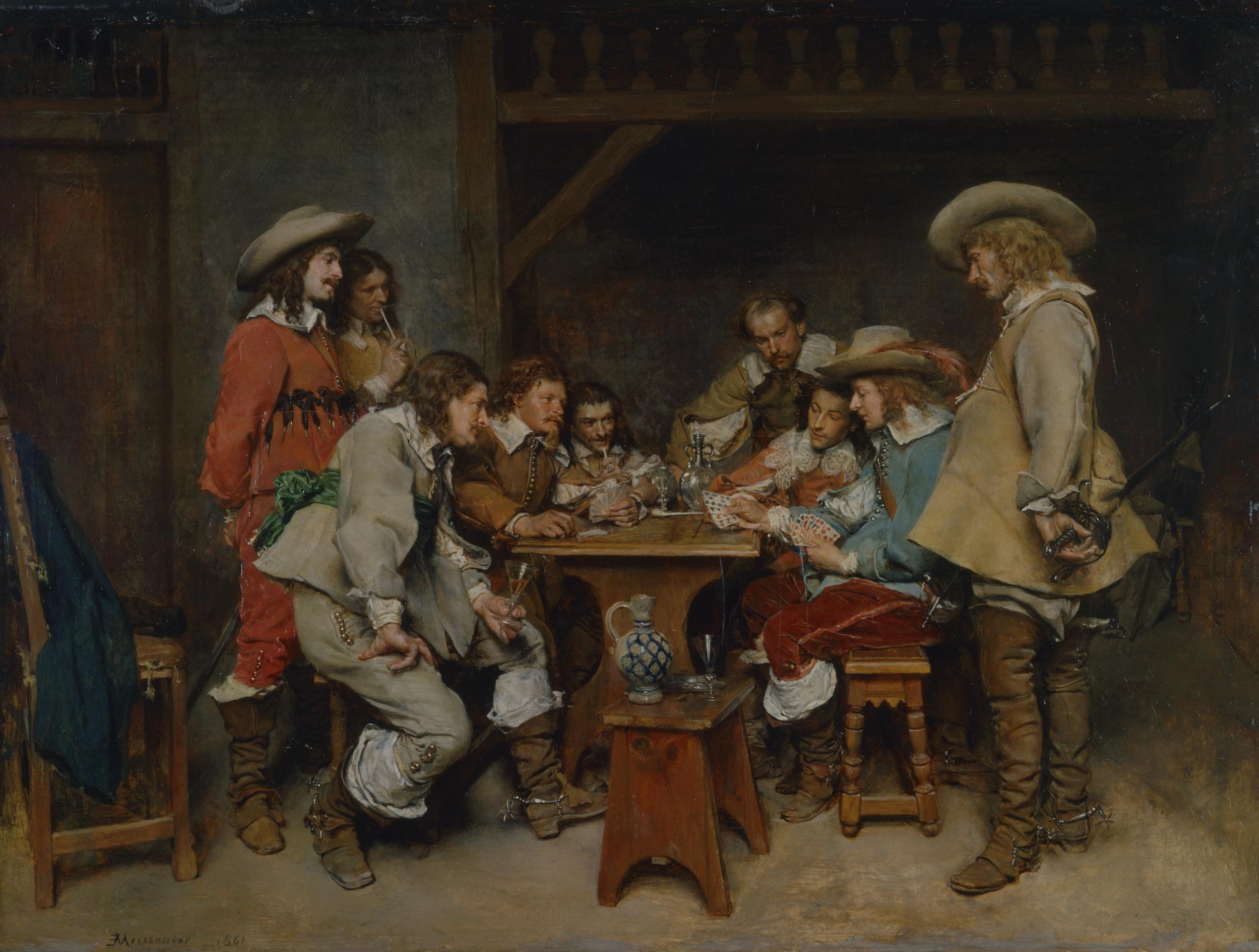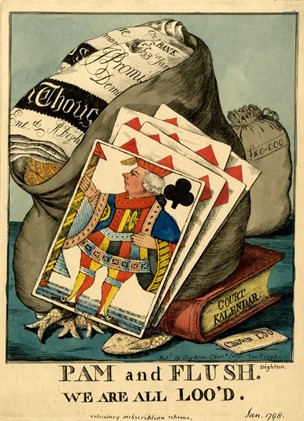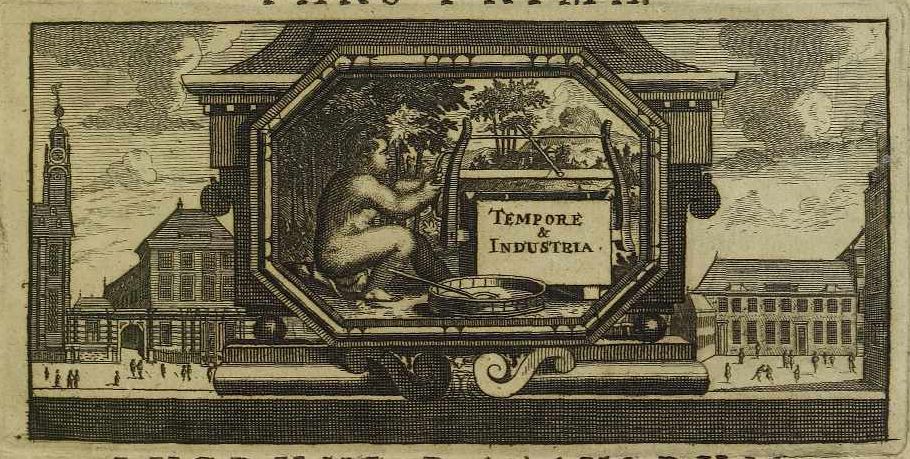|
Bête
Bête, la Bête (french: Jeu de la Bête), Beste or la Beste (''Jeu de la Beste''), originally known as Homme or l'Homme (''Jeu de l'Homme''), was an old, French, trick-taking card game, usually for three to five players. It was a derivative of Triomphe created by introducing the concept of bidding. Its earlier name gives away its descent from the 16th-century Spanish game of Ombre. J > A > 10 > 9 > 8 > (7) > (6). Dealing Deal and play are anticlockwise. The first dealer is chosen by lot. The pack is placed face down and players take the top card in turn, the player drawing the first King or other nominated card dealing first. Five cards are dealt to each player either as 2+2+1, 2+3, 3+2 or 2+1+2. The mode of dealing is up to the first dealer and then stays the same for rest of the game. After dealing the talon is placed face down on the table and the dealer turns the top card for trumps, leaving it on top of the talon. Stakes An "upturned silver, tin or ceramic dish"Le Gras ... [...More Info...] [...Related Items...] OR: [Wikipedia] [Google] [Baidu] |
Bête (cards)
Bête (from the French ''bête'' [] = "beast", "dumb animal" or "brute"), Labet or the Germanised Bete and (Low German) Beet, is a term used in certain card games for a penalty payment e.g. for failing to take the minimum number of tricks, or for a stake or money which a player has lost. In trick-taking game, such as Mistigri and Kauflabet, the player who has failed to win a single trick is "bête" or "the Bête". Likewise in Mauscheln, if the declarer, or ''Mauschler'', fails to win a trick, he is called the ''Mauschlerbete''. The word is used with verbs in phrases that have further meanings: * Bête sein ("to be beast") – to have lost a game * Bête machen ("to make beast") - to bet or bid * Bête ziehen – ("to draw beast") - to win a card game * Pott Beet - Low German for having lost badly e.g. without winning a single trick. The name is derived from the historical French card game of Bête where it referred to the stake and the penalty for losing. ''Labet'' is anothe ... [...More Info...] [...Related Items...] OR: [Wikipedia] [Google] [Baidu] |
Mouche (card Game)
Mouche, also known as Lanterlu, is an old, French, trick-taking card game for two to six players which has elements, such as bluffing, reminiscent of the much later game of poker. It is a member of the Rams family of games and, although it is a gambling game, often played for small stakes, it is also suitable as a party game or as a family game with children from the age of 12 upwards. It is named after the ''mouche'', a term that variously refers to its winning hand, the basic stake and the penalty for failing to take any tricks. Although also called ''Bête'', it should not be confused with the older game of that name from which it came and which, in turn, was a derivative of Triomphe. History Mouche is first recorded in the ''Académie Universelle des Jeux'' of 1718, although Parlett implies that, from its terminology, it ought to be an ancestor of the English game, Lanterloo, which goes back at least to Cotton's rules of 1674, and that they are probably both descended from ... [...More Info...] [...Related Items...] OR: [Wikipedia] [Google] [Baidu] |
Piquet Pack
Piquet (; ) is an early 16th-century plain-trick card game for two players that became France's national game. David Parlett calls it a "classic game of relatively great antiquity... still one of the most skill-rewarding card games for two" but one which is now only played by "aficionados and connoisseurs." History Piquet is one of the oldest card games still being played. It is first mentioned, as ''Le Cent'', in a written reference dating to 1535, in '' Gargantua and Pantagruel'' by Rabelais. Although legend attributes the game's creation to Stephen de Vignolles, also known as La Hire, a knight in the service of Charles VII during the Hundred Years' War, it may possibly have come into France from Spain because the words "''pique''" and "''repique''", the main features of the game, are of Spanish origin. The earliest clear mention of the game – leaving aside various predecessors – is by the Spaniard, Jacques Perrache, in 1585 who refers to two unusual games, "premieres, ... [...More Info...] [...Related Items...] OR: [Wikipedia] [Google] [Baidu] |
Ombre
Ombre (, pronounced "omber") or l'Hombre is a fast-moving seventeenth-century trick-taking card game for three players and "the most successful card game ever invented." Its history began in Spain around the end of the 16th century as a four-person game. It is one of the earliest card games known in Europe and by far the most classic game of its type, directly ancestral to Euchre, Boston and Solo Whist. Despite its difficult rules, complicated point score and strange foreign terms, it swept Europe in the last quarter of the 17th century, becoming ''Lomber'' in Germany, ''Lumbur'' in Austria and ''Ombre'' (originally pronounced 'umber') in England, occupying a position of prestige similar to contract bridge today. Ombre eventually developed into a whole family of related games such as the four-hand Quadrille, three-hand Tritrille, five-hand Quintille and six-hand Sextille, as well as German Solo, Austrian Préférence and Swedish Vira, itself "one of the most complex card games e ... [...More Info...] [...Related Items...] OR: [Wikipedia] [Google] [Baidu] |
Lanterloo
Lanterloo or Loo is a 17th-century trick taking game of the Trump family of which many varieties are recorded. It belongs to a line of card games whose members include Nap, Euchre, Rams, Hombre, and Maw (Spoil Five). It is considered a modification of the game of " All Fours", another English game possibly of Dutch origin, in which the players replenish their hands after each round by drawing each fresh new cards from the pack. History Under various spellings, like the French forms , , (meaning "fiddlesticks", a meaningless word equivalent to "Lullay", or "Lulloo", used in Lullabies), the game is supposed to have reached England from France most probably with the restoration of the monarchy in 1660. In France it was originally called ("Fly"), which was also the name of the five-card flush in that game and came to refer to the four-card flush in Lanterloo. Also called LangtrilloOnce a week, Vol. 10, pg. 364, Eneas Sweetland Dallas - Bradbury & Evans, London 1863 in its prime fo ... [...More Info...] [...Related Items...] OR: [Wikipedia] [Google] [Baidu] |
Parlett, David
David Parlett (born 18 May 1939 in London) is a games scholar, historian, and translator from South London, who has studied both card games and board games. He is the president of the British Skat Association. His published works include many popular books on games such as ''Penguin Book of Card Games'', as well as the more academic volumes ''The Oxford Guide to Card Games'' and ''The Oxford History of Board Games'', both now out of print. Parlett has also invented many card games and board games. The most successful of these is ''Hare and Tortoise'' (1974). Its German edition was awarded Spiel des Jahres (Game of the Year) in 1979. Parlett is a Quaker. Books Games and gaming * ''All the Best Card Games'' * ''Anarquía y Otros Juegos Sociales de Cartas'' * ''Botticelli and Beyond'' * ''Card Games for Everyone'' * ''Family Card Games'' * ''Know the Game: Patience'' * ''Original Card Games'' * ''Solitaire: Aces Up and 399 other Card Games'' * ''Teach Yourself Card Games'' * ''Tea ... [...More Info...] [...Related Items...] OR: [Wikipedia] [Google] [Baidu] |
Antoine Furetière
Antoine Furetière (28 December 161914 May 1688) was a French scholar, writer, and lexicographer, known best for his satirical novel ''Scarron's City Romance''. He was expelled from the Académie Française for seeking to publish his own French language dictionary. Biography Furetière was born in Paris, the son of an employee of the royal household. He studied law and worked for a time as an attorney and tax assessor. Later he became a Catholic clergyman and, after various promotions, the abbé of Chalivoy in the diocese of Bourges in 1662. Thanks to the leisure he enjoyed as a clergyman, he was able to devote himself to writing. He was admitted to the Académie Française in 1662 by virtue of his satire ''Nouvelle allégorique, ou histoire des derniers troubles arrivés au royaume d'éloquence'' (1658), among other works. One of Furetière's most important literary works was ''Le Roman bourgeois'' (1666). This satirical novel described everyday life, especially within the le ... [...More Info...] [...Related Items...] OR: [Wikipedia] [Google] [Baidu] |
Jacques Lacombe (writer)
Jacques Lacombe (1724–1811) was a French bookseller and lawyer. His notable works include ''Encyclopediana ou Dictionnaire encyclopédique des ana'' (1791), one of the volumes of the ''Encyclopédie Méthodique The ''Encyclopédie méthodique par ordre des matières'' ("Methodical Encyclopedia by Order of Subject Matter") was published between 1782 and 1832 by the French publisher Charles Joseph Panckoucke, his son-in-law Henri Agasse, and the latter's ...''. Another was ''Abrégé chronologique de l'histoire ancienne des empires et des républiques qui ont paru avant Jésus-Christ. Avec la notice des savans et illustres, & des remarques historiques sur le génie & les mœurs de ces anciens peuples.'' (1757). Most of his works were compilations. References Further reading * Karl-Heinz Kuhn: ''Das französischsprachige Pressewesen im Herzogtum Pfalz-Zweibrücken'' (Trier, Univ., Diss., 1990; Reprint 2006). 1724 births 1811 deaths French librarians 18th-century Frenc ... [...More Info...] [...Related Items...] OR: [Wikipedia] [Google] [Baidu] |
Antoine Gombaud
Antoine Gombaud, ''alias'' Chevalier de Méré, (1607 – 29 December 1684) was a French writer, born in Poitou.E. Feuillâtre (Editor), ''Les Épistoliers Du XVIIe Siècle. Avec des Notices biographiques, des Notices littéraires, des Notes explicatives, des Jugements, un Questionnaire sur les Lettres et des Sujets de devoirs''. Librairie Larousse, 1952. Although he was not a nobleman, he adopted the title ''chevalier'' (knight) for the character in his dialogues who represented his own views (chevalier de Méré because he was educated at Méré). Later his friends began calling him by that name. Aaron Brown, ''The Poker Face of Wall Street,'' John Wiley & Sons, 2006. Life Gombaud was an important Salon theorist. Like many 17th century liberal thinkers, he distrusted both hereditary power and democracy, a stance at odds with his self-bestowed noble title. He believed that questions are best resolved in open discussions among witty, fashionable, intelligent people. Gombaud's ... [...More Info...] [...Related Items...] OR: [Wikipedia] [Google] [Baidu] |
Plain-trick
A trick-taking game is a card or tile-based game in which play of a ''hand'' centers on a series of finite rounds or units of play, called ''tricks'', which are each evaluated to determine a winner or ''taker'' of that trick. The object of such games then may be closely tied to the number of tricks taken, as in plain-trick games such as contract bridge, whist, and spades, or to the value of the cards contained in taken tricks, as in point-trick games such as pinochle, the tarot family, briscola, and most evasion games like hearts. Trick-and-draw games are trick-taking games in which the players can fill up their hands after each trick. In most variants, players are free to play any card into a trick in the first phase of the game, but must ''follow suit'' as soon as the stock is depleted. Trick-avoidance games like reversis or polignac are those in which the aim is to avoid taking some or all tricks. The domino game Texas 42 is an example of a trick-taking game that is not a ca ... [...More Info...] [...Related Items...] OR: [Wikipedia] [Google] [Baidu] |
Richard Seymour (18th-century Writer)
Richard Seymour (died c. 1750) was an 18th-century English editor and author, most noted for publishing the later editions of Charles Cotton's historic work, ''The Compleat Gamester ''The Compleat Gamester'', first published in 1674, is one of the earliest known English-language games compendia. It was published anonymously, but later attributed to Charles Cotton (1630–1687). Further editions appeared in the period up to ...''. Works (selection) Charles Cotton edited the first edition of ''The Compleat Gamester'' in 1676. This was one of the earliest known English-language games compendia. It was followed by a 2nd edition in 1709 by an unknown editor. Richard Seymour took over from the 3rd edition in 1721 and continued to edit the compendium until 1750. In parallel, he published ''The Court Gamester'' from 1719 to 1728 which was "written for the use of young princesses."Seymour, Richard (1719). ''The Court Gamester''. London: Curll. p. i ''The Compleat Gamester'' * 172 ... [...More Info...] [...Related Items...] OR: [Wikipedia] [Google] [Baidu] |
Pieter Van Der Aa
Pieter van der Aa (Leiden, 1659 – Leiden, August 1733) was a Dutch publishing, publisher best known for preparing maps and atlases, though he also printed Copyright infringement, pirated editions of foreign bestsellers and illustrated volumes. He also printed many maps that were often out of print, which he reissued. Some of his most popular maps were of the African continent, detailing locations such as Morocco and Madagascar. Many of his later works were printed for the general public in French language, French and Dutch language, Dutch. Early life and family Pieter van der Aa was born the son of a German stonecutter from Holstein, one of three sons who came to run a family printing business. His brother Boudewyn was a printing, printer and his other brother Hildebrand a copper plate engraving, engraver. Career Pieter van der Aa began his career at Leiden in 1683 as a Latin trade publisher, publishing classical texts pertaining to medicine and science. As he progressed, ... [...More Info...] [...Related Items...] OR: [Wikipedia] [Google] [Baidu] |




